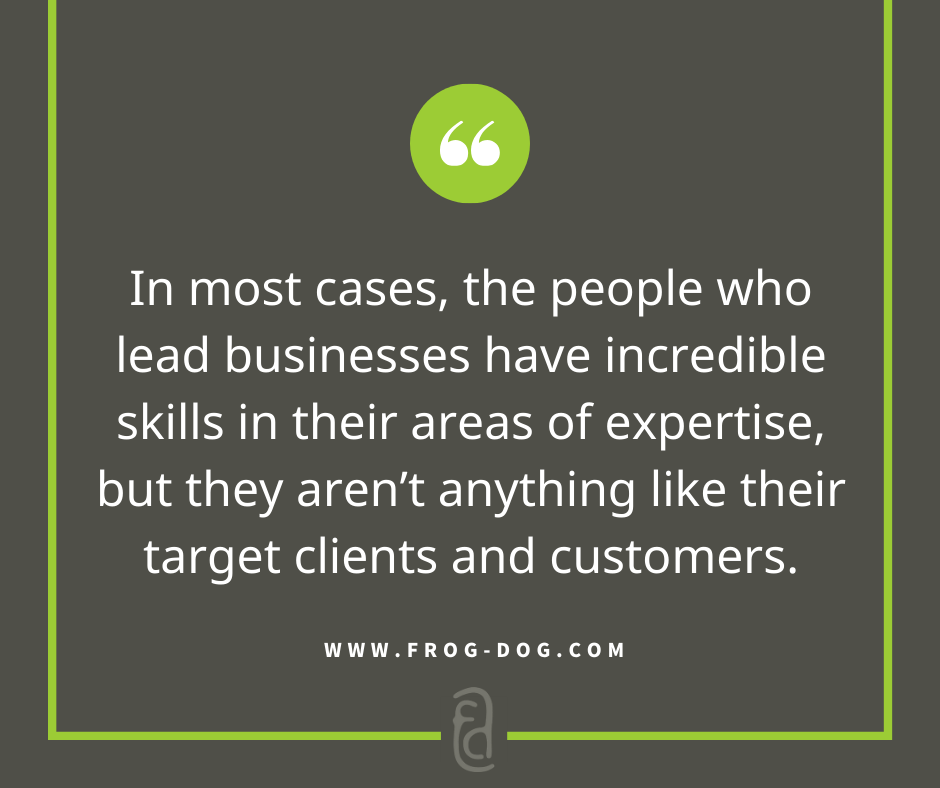
You’re Not Your Client: How to Assess Your Marketing Plan
You can’t judge a marketing strategy and plan from your own perspective—you need to understand your target audience.
We’re all tempted to dismiss ideas because we just don’t like them.
In many cases, there’s sense in the rejection. Don’t like the idea of camping in the woods for two weeks? Nix that vacation idea.
However, when it comes to marketing your business and its products and services—unlike when it comes to planning your holidays—you likely aren’t your target audience.
In fact, in our decades in business, we can count on one collective hand how many clients we’ve had who serve people exactly like everyone who works there. (Actually, we can’t think of any clients like this.)
Yet quite often, until we show our clients the extensive research that we’ve used to develop the marketing messages and mixes that we’ve developed, we’ll hear that they never go to that conference, or read that publication, or buy things in stores. (We even had someone once tell us that he had never, not once in his life, ever bought anything ever based on seeing an advertisement anywhere. But that was an extreme example. And evidence of low self-awareness. But we digress.)
We had one client executive team argue that they never opened their paper mail and push back hard on direct mail as part of the campaign’s marketing mix—until we showed their team our research, got lukewarm buy-in to give the tactic a try, and then got better results with direct mail than anything they’d tried in the past.

In most cases, the people who lead businesses have incredible skills in their areas of expertise, but they aren’t anything like their target clients and customers.
Therefore, even the most skilled executives can fall into serious error when they develop and assess marketing campaigns—strategies, messages, tactical plans, and so on—through the lens of what sort of messages and delivery mechanisms work on them.
When people make decisions on marketing strategies and plans through assessing which messages resonate for them, what publications and websites they read and visit, what shows they watch, what types of advertisements they like, and so on, they may develop a fantastic marketing plan for people who have them as target audiences—but they’ll rarely build a winning marketing mix for the target audiences for their own products and services.
This is the reason we insist on at least a baseline level of research and analysis on the client’s target market when developing marketing strategies and plans—research that tests and challenges assumptions of who the client thinks its clients are and what it thinks its clients like.
For example, in our work to market a product to small, independent dental offices, understanding the key target audiences for decision-making in these offices and then understanding how best to reach them during their workdays—after all, dentists and most of their staff members rarely sit behind computers all day—helped us create a marketing mix that targeted dentists and their office managers based on their unique personas. You can read the full case study for the full scoop.
Authorizing your marketing team or bringing in marketing expertise (like FrogDog!) to do audience analysis and persona development can provide the critical foundation needed to develop a marketing strategy and plan that delivers a solid return on time and money investment.
Updated: May 11, 2020

We do not spam. And you can unsubscribe when you want.